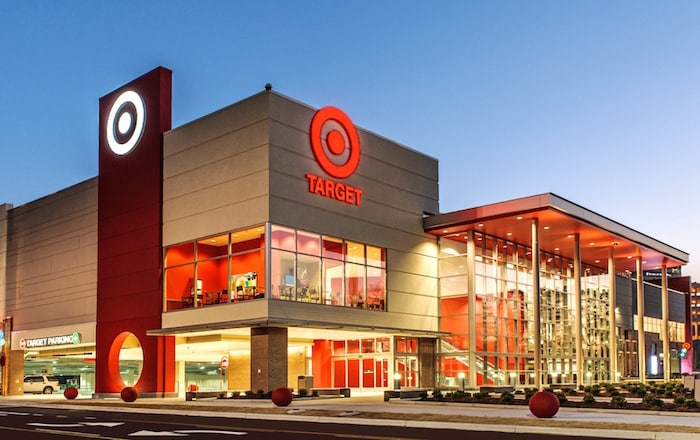As industry giants Walmart and Amazon continue on their never-ending quest to outdo each other, there remains plenty of market share for everyone else to divvy up. Target has a good portion of that as it is, but there have been plenty of questions swirling about as to what steps Target may take to try and keep pace. As CNBC shares, as opposed to scooping up some smaller rivals, the company plans to put its cash flow to work in house.
The company has plans to invest $7 billion into its own business over the next three years, and CEO Brian Cornell has noted that although that may not seem to be the most exciting approach, it will pay off for the company in the long run.

“Many of our competitors are aggressively rationalizing their assets,” he said. “They’re cutting costs just to keep their heads above water. This contraction will create opportunities for Target to pick up market share over the long term.”
As Bernstein analyst Brandon Fletcher points out, that investment will be spread out quite a bit, but the result will be more efficiency across the company’s locations.
“The key investments Target has been making are in its private brands, changing the supply chain to be more efficient, completing remodels of the stores, and price investments,” he said.
While there has been some speculation that Target could acquire a grocer outright not to get left too far behind Walmart and Amazon, it appears that focus will remain in-house as well. To that end, the company is testing a program known as Target Restock in the Minnesota, which provides next-day delivery of dry grocery items and household essentials.
“Food and beverage is a key category for Target, representing about 20 percent of our annual sales,” noted Target spokesman Josh Thomas in a statement. “As we’ve shared, we are on a journey to create a differentiated experience in food and beverage. While the work won’t be done overnight, we are committed to getting it right for the long term and are encouraged by the progress that we are making.”
Another key area of focus will be the company’s plans to introduce smaller-format stores, with many of them located in bustling, urban markets. “We feel very good about our small-format strategy,” Cornell has previously said. “As we move into new neighborhoods, we’re getting better and better at curating and localizing assortments, understanding how to operate in various markets.”
While Target’s strategy may not be as flashy as that of the industry behemoths, it may very well prove to be the right move in the long run. There’s more to retail success than headlines, and Target is well positioned to continue snagging an enormous amount of market share.